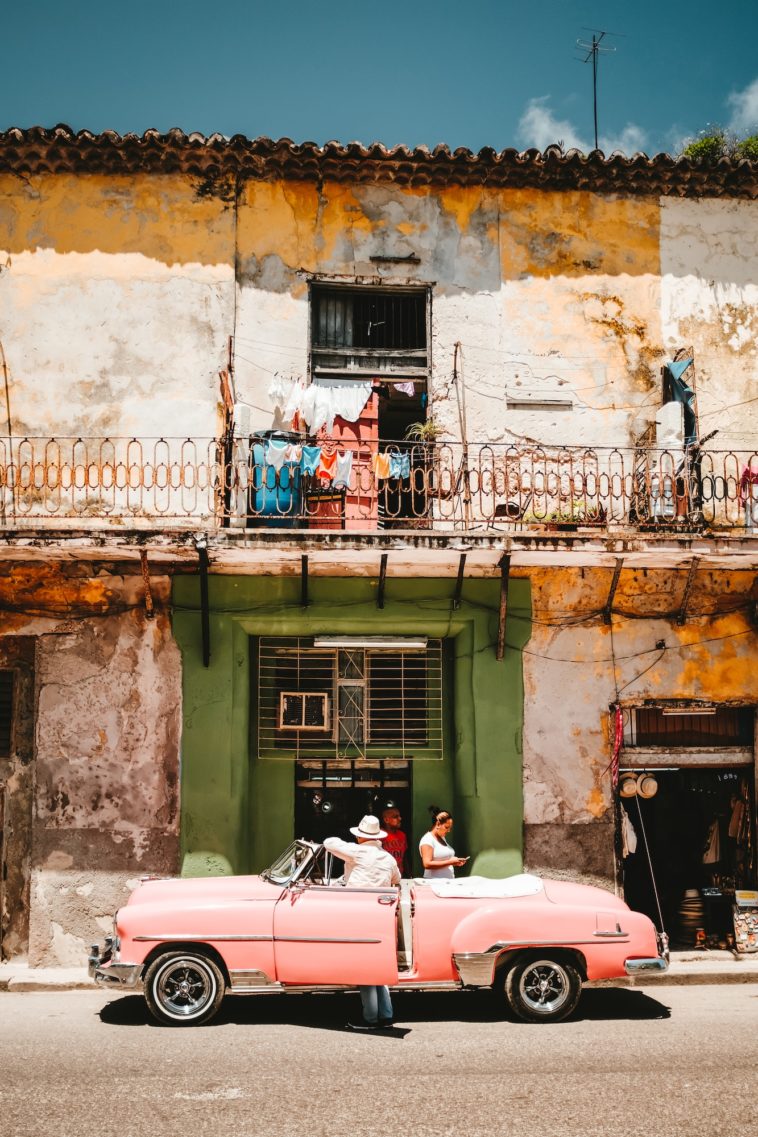People from Cuba, commonly referred to as Cubans (in Spanish: Cubanos), are residents or nationals of the Caribbean island country. Rather than viewing their nationality strictly as an ethnic classification, many Cubans consider it a form of citizenship that encompasses multiple ethnic groups. These groups collectively make up what is often termed the “Cuban people.” The population of Cuba has been shaped by various waves of immigration over the past 500 years, contributing to its diverse ethnic landscape.
Citizenship vs. Ethnicity
In the Cuban context, nationality is often seen as a legal status rather than an ethnic label. The population is characterized by a variety of ethnic backgrounds, which reflects the rich history of immigration and cultural influences that have shaped the nation over the past five centuries. As such, when talking about Cubans, it is essential to differentiate between citizenship—being a legal member of the country—and ethnicity—belonging to a specific racial or cultural group. The terms “Cuban people” therefore frequently refer to a multi-ethnic community rather than a single, homogenous ethnic group.
Historical Background
Cuba has a rich and complicated history, especially when it comes to its population’s ethnic diversity. The island was originally inhabited by indigenous peoples like the Taíno and Ciboney. However, the arrival of Spanish colonizers in the late 15th century drastically changed the demographic landscape. Over the ensuing centuries, slaves from Africa were brought to the island, and other groups such as Europeans, Asians, and Middle Easterners also migrated to Cuba. This confluence of cultures has produced a melting pot of ethnicities that make up modern-day Cuba.
Waves of Immigration and Their Impact
Pre-Spanish Era
Before the arrival of Spanish colonizers, the island was primarily inhabited by indigenous communities such as the Taíno and Ciboney. These groups had their distinct languages and traditions but were gradually displaced or absorbed following the Spanish colonization.
Spanish Colonization
The late 15th century marked the onset of Spanish rule in Cuba, with Christopher Columbus landing on the island in 1492. The Spanish brought with them not only their culture and language but also new diseases, which led to the decimation of the native population. During this time, the island became an essential part of the Spanish colonial empire, serving as a significant port for trade and commerce.
African Influence
The 16th to 19th centuries saw the forced arrival of African slaves who were brought to work on sugar plantations and in other agricultural sectors. The Afro-Cuban community thus emerged, contributing significantly to the culture, music, and traditions of Cuba.
Post-Independence Period
Following Cuba’s independence from Spain in 1898 and the subsequent establishment of the Republic in 1902, the country saw various waves of immigration, including Europeans, Asians, and Middle Easterners, who have all contributed to the complex tapestry of Cuban society.
Ethnic Composition in Modern-Day Cuba
Today, Cuba is a multi-ethnic society comprising various ethnic groups, including White Cubans, Afro-Cubans, and Mestizos (mixed race), among others. The country has also been influenced by smaller communities, such as the Chinese, who arrived in the 19th century to work on sugar plantations, and the Lebanese and Palestinians, who came primarily in the 20th century.
Conclusion
The term “Cubans” encompasses a multi-ethnic population residing in or originating from Cuba. The complexity of Cuba’s ethnic landscape is a result of numerous waves of immigration and cultural influences that have been shaping the island nation for over five centuries. Rather than an ethnic label, being Cuban often refers to a form of citizenship, representing the amalgamation of various ethnic communities that make up the Cuban people. Thus, the Cuban identity is a rich tapestry, woven from a multitude of ethnic and cultural threads, reflecting the nation’s diverse and intricate history.





